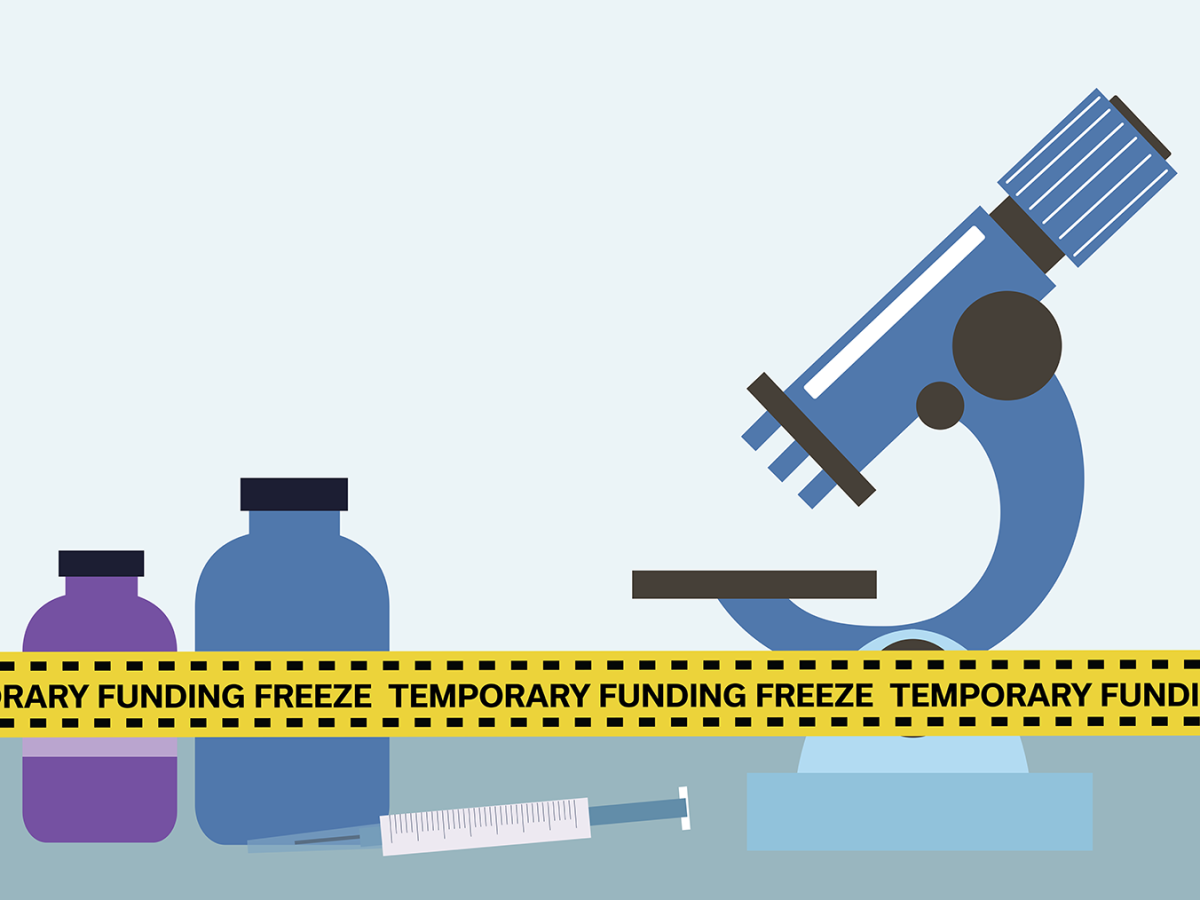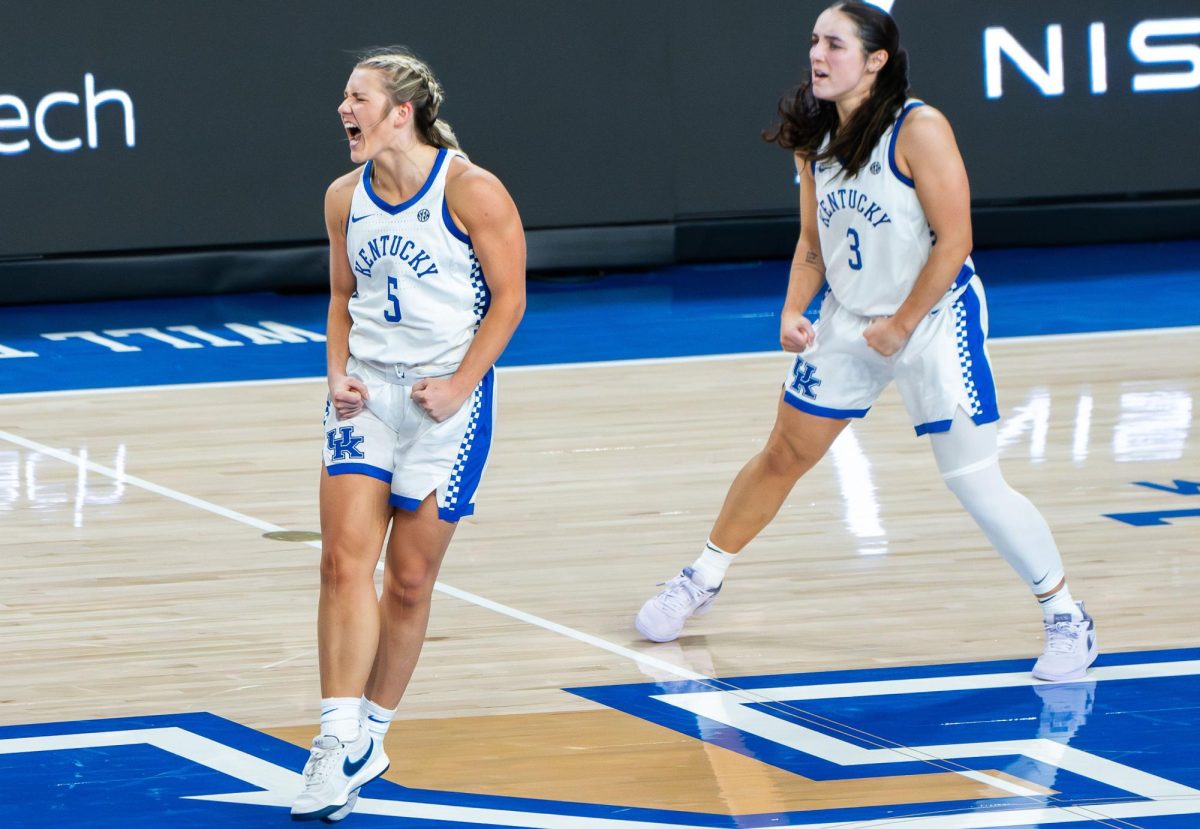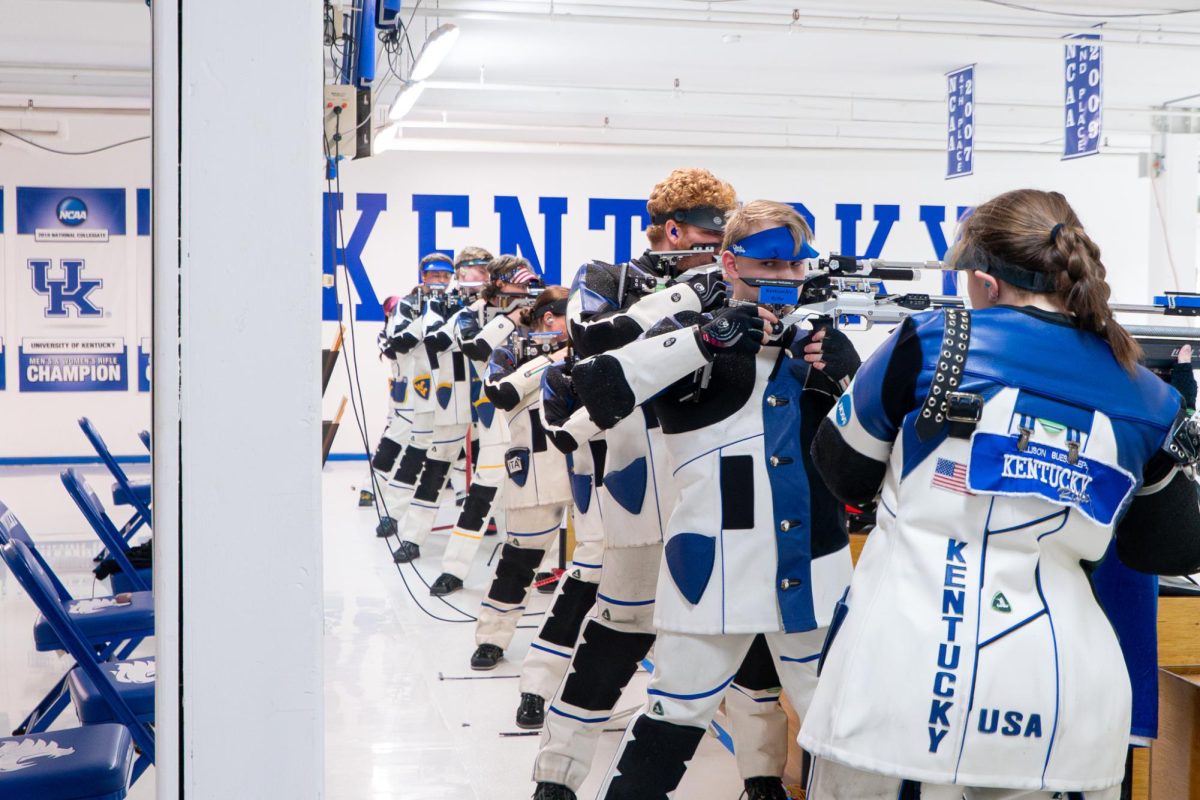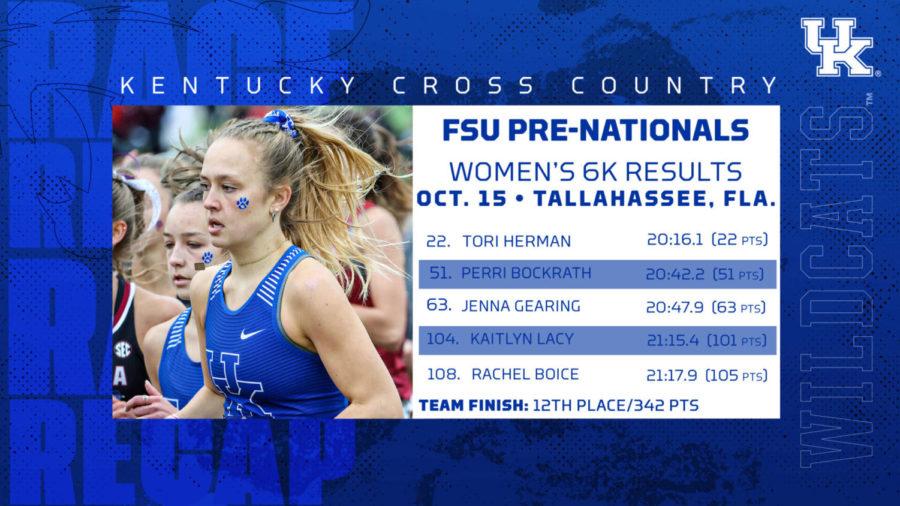Plasma Donations Save Lives: You Can Help

Plasma Donations Save Lives: You Can Help
April 5, 2022
(StatePoint) Human plasma donations are used to produce life-saving medicines for people affected by serious and rare diseases around the world. Experts say that right now there is a critical need for plasma donations.
“Plasma donors do the amazing. They make a direct impact on the lives of patients affected by rare and serious diseases. We strongly encourage those who meet the requirements, and are otherwise eligible, to donate plasma,” says Dr. Jennifer Hanes, who as a division medical director of CSL Plasma, is responsible for the medical oversight of U.S. plasma donation centers.
Dr. Hanes is sharing five important things to know about plasma donation:
1. What is plasma? Plasma is a straw-colored liquid that carries red blood cells, white blood cells and platelets, helping to maintain a steady level of blood pressure, supporting the immune system and delivering critical nutrients to cells.
2. What is plasma used for? Plasma is used to treat rare and serious conditions, often by replacing crucial proteins a patient lacks. These conditions include primary immunodeficiencies, hereditary angioedema, inherited respiratory disease, hemophilia and other bleeding or neurological disorders. Every year, it takes more than 1,200 plasma donations to treat one person living with hemophilia, more than 900 plasma donations to treat one person living with Alpha-1 Antitrypsin Deficiency (Alpha-1) and more than 130 plasma donations to treat one person living with a primary immune deficiency. Additionally, albumin, a protein contained in our plasma, is used in hospitals and urgent and emergency care settings to treat trauma, shock, burns and other emergencies that could happen to anyone.
3. Who can donate plasma? To donate at a CSL Plasma center, you must be in good health, be between the ages of 18-74, weigh at least 110 pounds, have had no tattoos or piercings within the last four months, meet health and screening requirements and have valid identification with a permanent address.
4. What is the donation process like? While a first-time plasma donation takes approximately two hours, and up to three hours at times, the second donation is typically shorter. CSL Plasma donors will be rewarded for helping to create life-saving medicines and will receive a payment in connection with the donation process. It’s recommended that donors drink four to six 8-ounce glasses of water, fruit juice or other caffeine-free liquid at least two to three hours before donation, avoid caffeinated beverages, avoid alcohol of any type for 24 hours beforehand, eat a meal prior to donation and get adequate sleep.
5. Where can I donate? CSL Plasma has more than 300 plasma donation centers across the United States. Visit cslplasma.com for more information and to find a nearby CSL Plasma center. The CSL Plasma donor app is also available for Apple and Android devices.
“People depend on plasma donors to live happy and healthy lives, so it’s important to consider donating if you are able,” says Dr. Hanes.


























































































































































